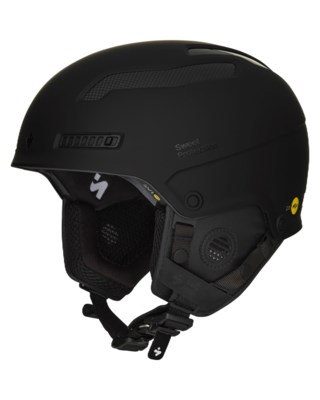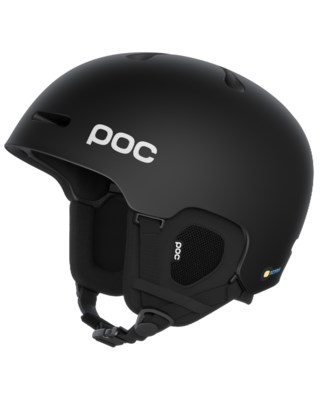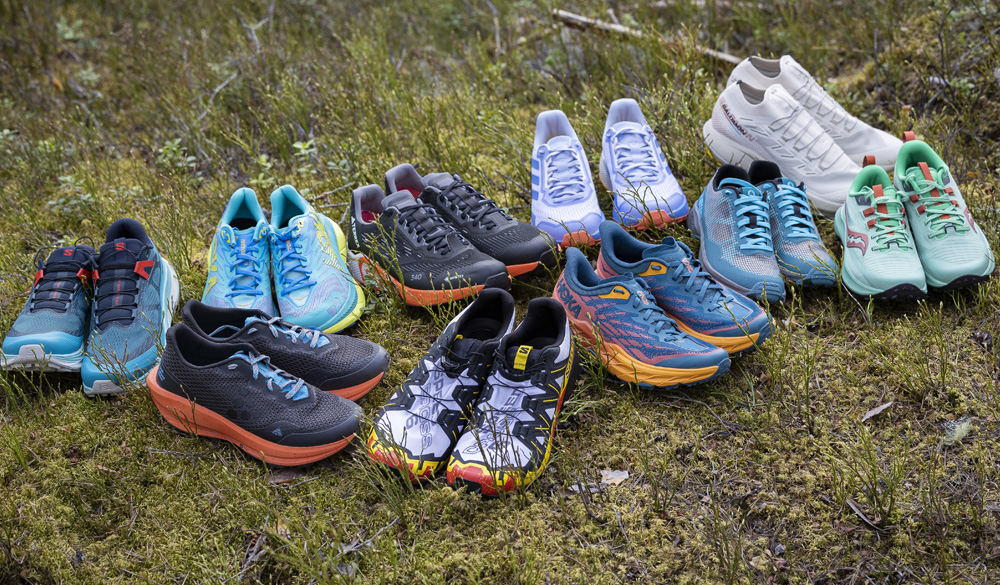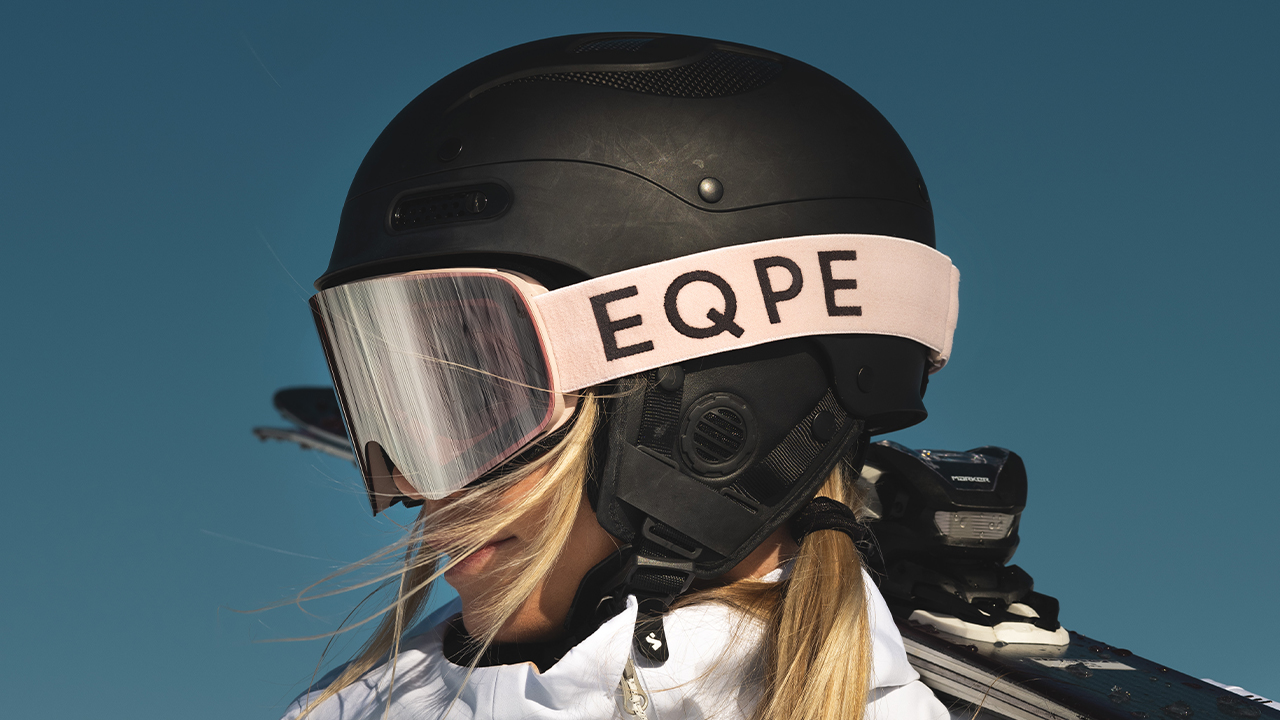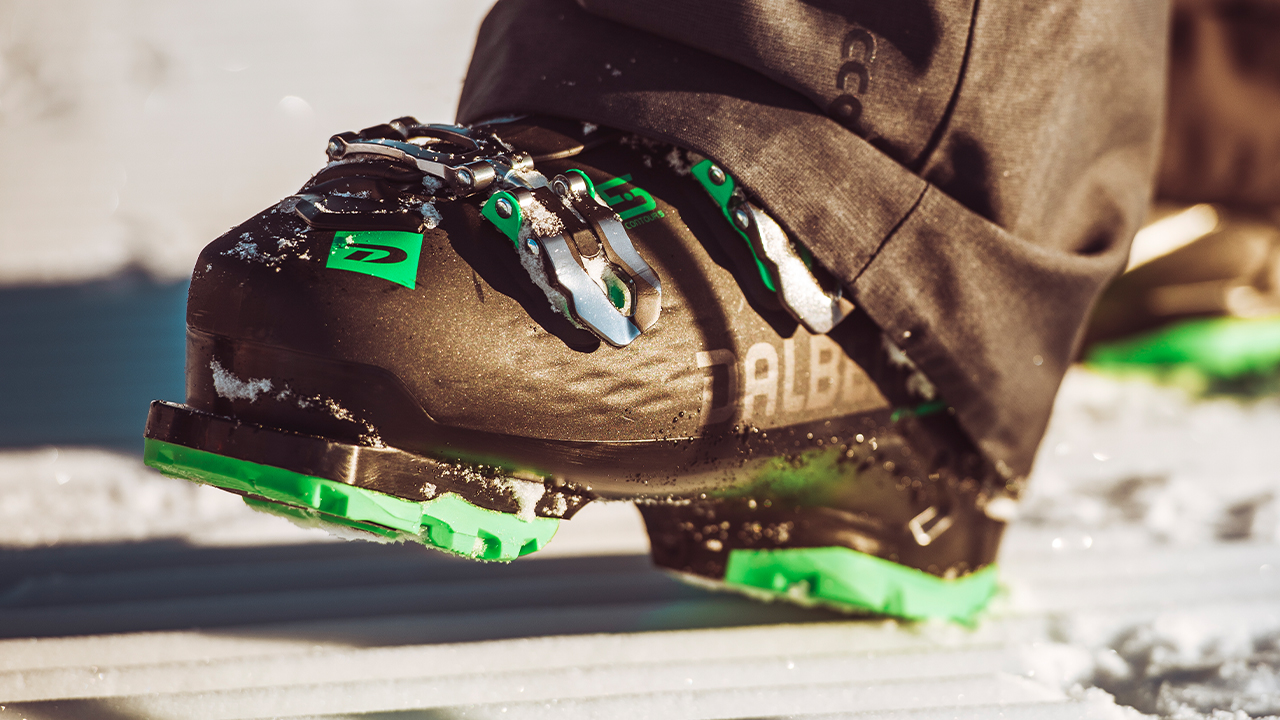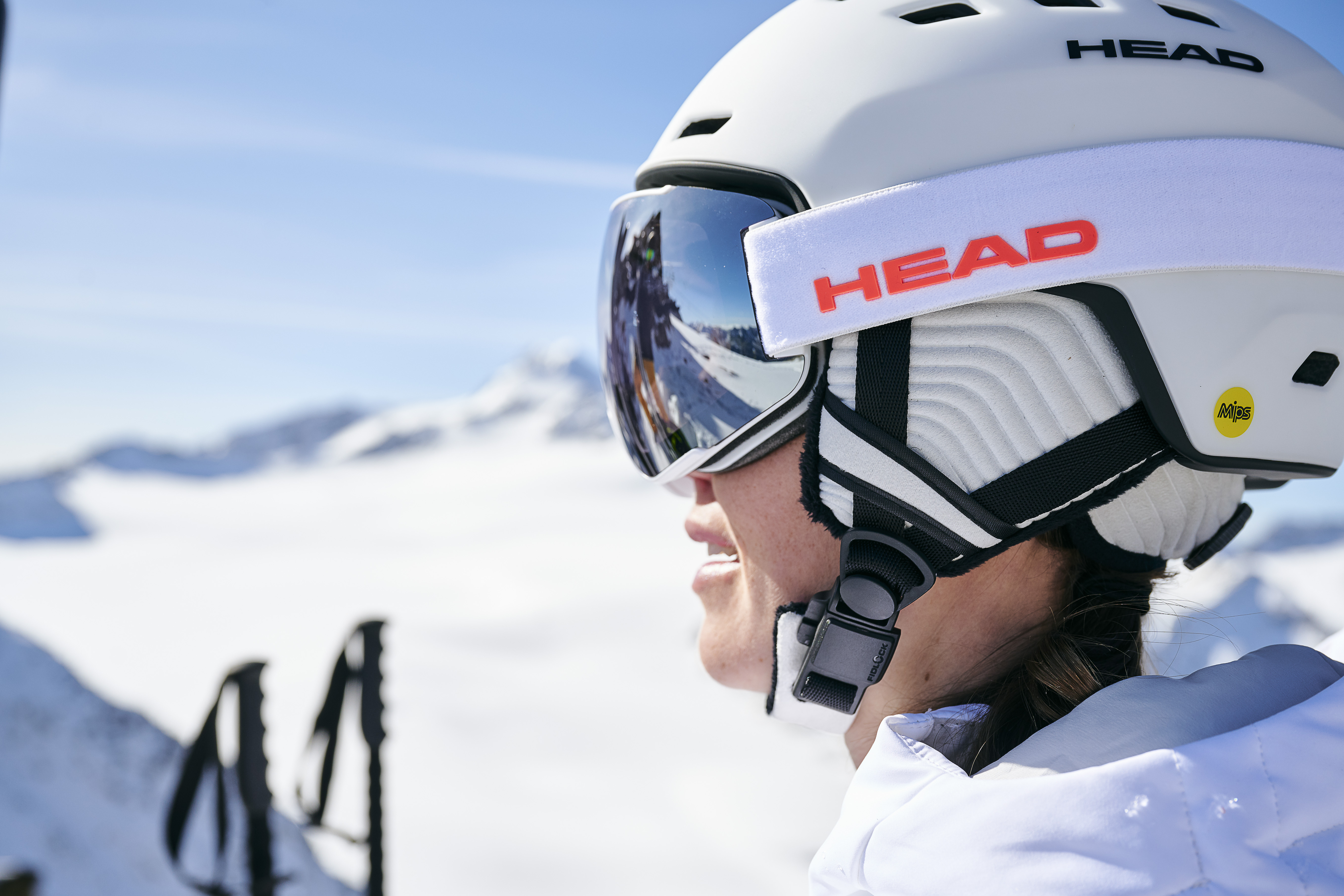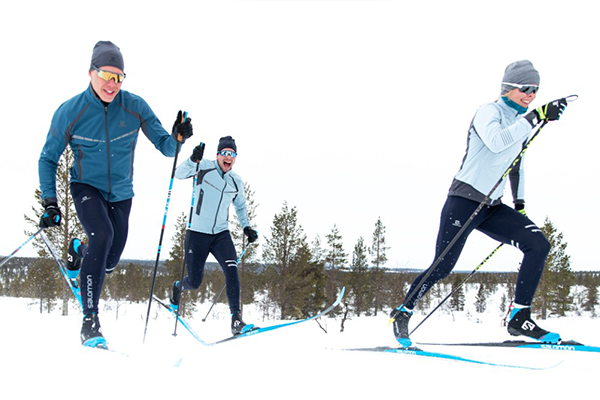Plastic or carbon fibre?
The outer shell of a helmet is usually produced in a plastic mix, known as an ABS shell. But there are also helmets where the outer and middle layers are made of carbon fibre. As a rule, these helmets have greater endurance since it is more difficult for sharper objects to make holes in a carbon fibre shell, but they are also more expensive.
The lining of helmets is made out of a type of styrofoam called EPS. Its purpose is to absorb and disperse knocks through the material rather than leading the force in towards the skull. EPS varies in density. A higher density is more durable, but costs more to produce.
If you receive a nasty knock to the head or if you drop the helmet on a hard surface small cracks can appear in the material. This means that the helmet provides poorer protection next time you fall, and should therefore be replaced.
What is MIPS?
MIPS is written on several of our helmets. It is a construction which has been especially developed to decrease damage to the corpus callosum. A helmet with MIPS has an additional detached shell which can move without friction if the helmet is exposed to powerful rotational force. These rotations are most often what cause serious concussion.
Helmets with MIPS
How do I find the right size?
It is important that the helmet fits you well. It should not sit too tightly, nor should it move around when you shake or nod your head gently. When you buy a helmet you often get extra pads, like soft cushions that you put on the inside of the helmet in order to adapt its size to fit your head.
Helmets are most often available in sizes XS to XXL, with the exception of models with adjustable sizes. Most helmet manufacturers today work with centimetre sizing, which makes it simple to take a tape measure and measure around your head at its widest point. You then have a measurement in centimetres that you can use when looking through the size charts for each brand. Remember that each brand has a different fit on your head.
How long does a helmet last?
When a helmet has been exposed to force, such as a serious crash or being dropped on a hard surface, it should preferably be replaced since the EPS and outer shell may have cracked. These cracks may be invisible to the naked eye, but mean that the helmet no longer gives adequate protection.
